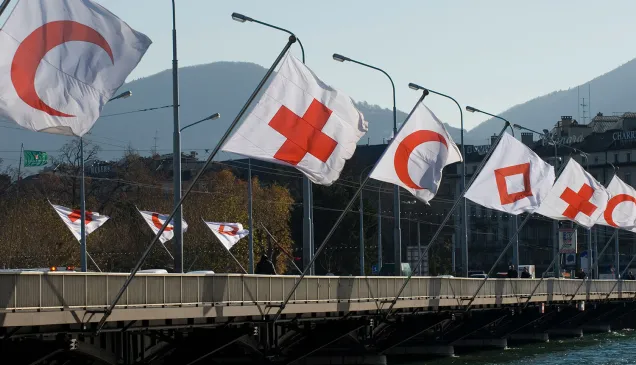Mr. Chairman,
Excellencies, Ladies and Gentlemen,
Over five decades ago, the drafters of the NPT acknowledged that the continued existence of nuclear weapons is one of the biggest threats for humanity. This realization was made in the wake of the tremendous suffering caused by the atomic bombings of Hiroshima and Nagasaki, and in the shadow of the cold war. Amid high tensions and polarization, the international community unequivocally agreed that nuclear weapons must be eliminated as soon as possible, for the sake of our common future. Conflict, insecurity and divisions were a catalyst for action. This is in stark contrast to what we see today in the implementation of this treaty.
While words only and meagre action have dominated the NPT landscape for years, recently there has been an alarming trend of regression in the rhetoric and practice of a number of States. We have seen increased focus on nuclear deterrence, expanded nuclear sharing, and banalization of threats of use of nuclear weapons. These developments run counter to the very object and purpose of the NPT, by fueling proliferation and undermining nuclear disarmament.
It is extremely doubtful that nuclear weapons could ever be used in accordance with international humanitarian law. Any use of, or threat to use, nuclear weapons would be abhorrent to the principles of humanity and the dictates of public conscience.
At the first session of the Preparatory Committee last year in Vienna, the ICRC made a number of recommendations for the current review cycle. These were aimed at reducing the risk of nuclear weapon use, which has reached unacceptably high levels, and bringing us closer to the common goal of a nuclear-weapon-free world. Taking concrete steps to implement nuclear risk reduction measures remains an urgent priority. Today, I would like to highlight some more specific actions.
First of all, reducing the number of nuclear weapons held by the nuclear-weapon states has long been regarded as both an important risk reduction measure and as progress towards nuclear disarmament. It is therefore alarming and dismaying that after decades of reductions, nuclear arsenals are starting to grow again. For many years, nuclear-weapon states have cited reductions in their nuclear arsenals as evidence of their compliance with Article 6 of the NPT. How then should we interpret increases in arsenals? This question requires serious attention and frank discussion from NPT States Parties, at this Committee and throughout the review cycle.
Secondly, risk reduction measures can take many forms. While implementing the detailed actions agreed in the 2010 Action Plan is long overdue, a broader understanding of risk reduction is also needed. Keeping the catastrophic humanitarian consequences of nuclear weapons at the centre of the Committee’s debates and decisions is in itself an important risk reduction measure. Ensuring that governments, the media and the general public understand the immediate and long-term consequences of any use of nuclear weapons inspires caution, strengthens the taboo against the use of nuclear weapons, and builds support for progress on disarmament.
Condemning and stigmatizing threats to use nuclear weapons is another effective risk reduction measure. Consistent and unified condemnation by the international community discourages nuclear threats, lowers the risk of escalation, and strengthens the nuclear taboo. The declaration by the G20 leaders that the “threat of use of nuclear weapons is inadmissible” and the unequivocal condemnation by the TPNW States Parties of “any and all nuclear threats, whether they be explicit or implicit and irrespective of the circumstances” are good models. I encourage NPT States Parties to make a similar statement.
Risk reduction is not a substitute for nuclear disarmament. The only way to guarantee that nuclear weapons are never used again is by prohibiting and eliminating them. In this respect, the Treaty on the Prohibition of Nuclear Weapons is a historic achievement. It is another example of finding the courage to act in the face of a threatening security environment, driven by the pursuit of human security – an imperative all too often neglected in contemporary debates and decisions regarding nuclear weapons.
It is not too late to reverse the regressive trend of NPT implementation, but to do so States must take action now. There is no single pathway to nuclear disarmament, but achieving the goal of a nuclear-weapon-free world requires convergence, not divergence. I urge all NPT States Parties to work in unison to make meaningful progress in the implementation of this treaty.
Thank you.




